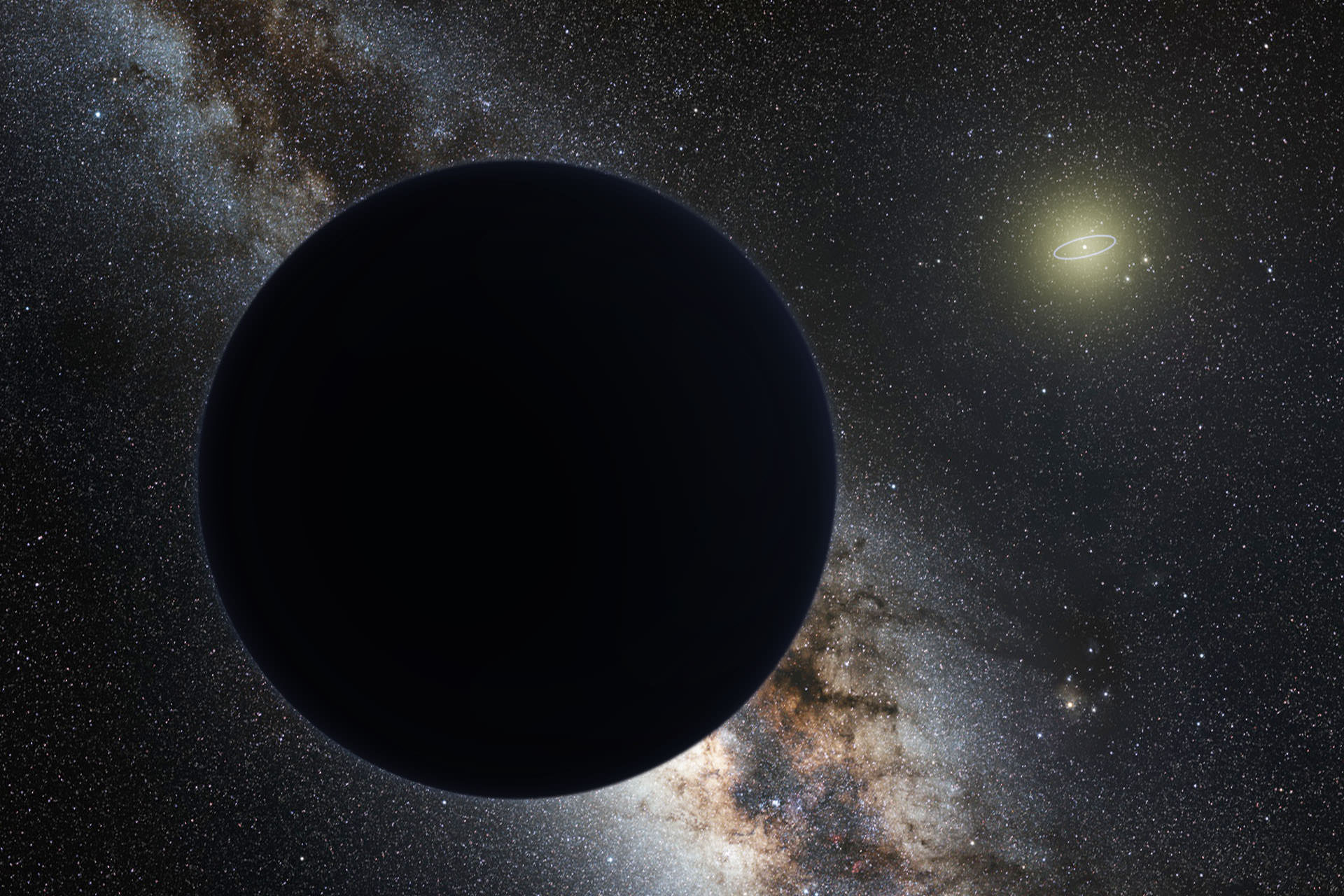Ever since William Herschel discovered Uranus in 1781, astronomers have been eager to find new planets on the outer edge of the solar system. But after the discovery of Neptune in 1846, we’ve found no other large planets. Sure, we discovered Pluto and other dwarf planets beyond it, but nothing Earth-sized or larger. If there is some planet nine, or “Planet X” lurking out there, we have yet to find it.
Continue reading “The Best Way to Find Planet Nine Might Be Hundreds of Tiny Telescopes”The Best Way to Find Planet Nine Might Be Hundreds of Tiny Telescopes










